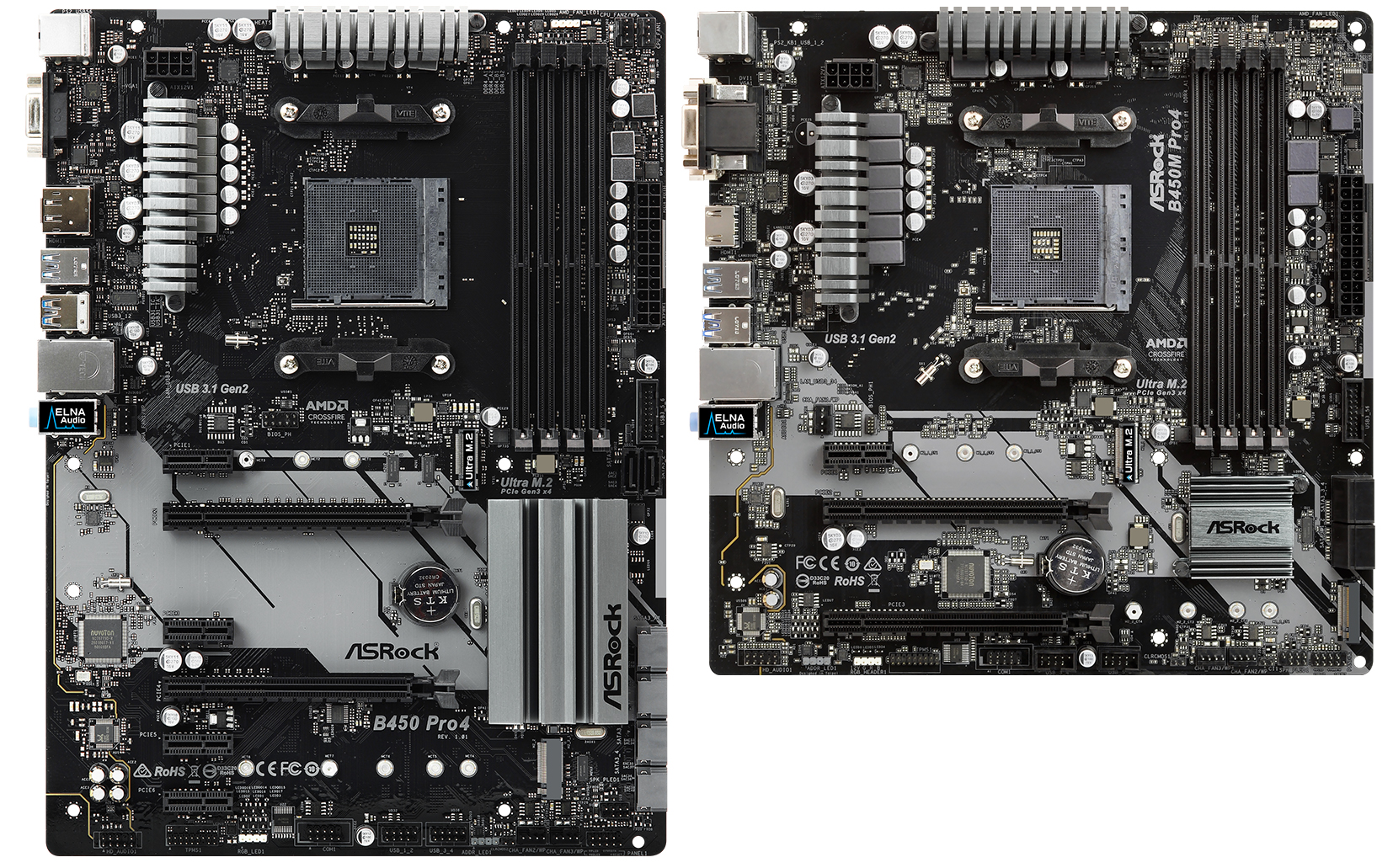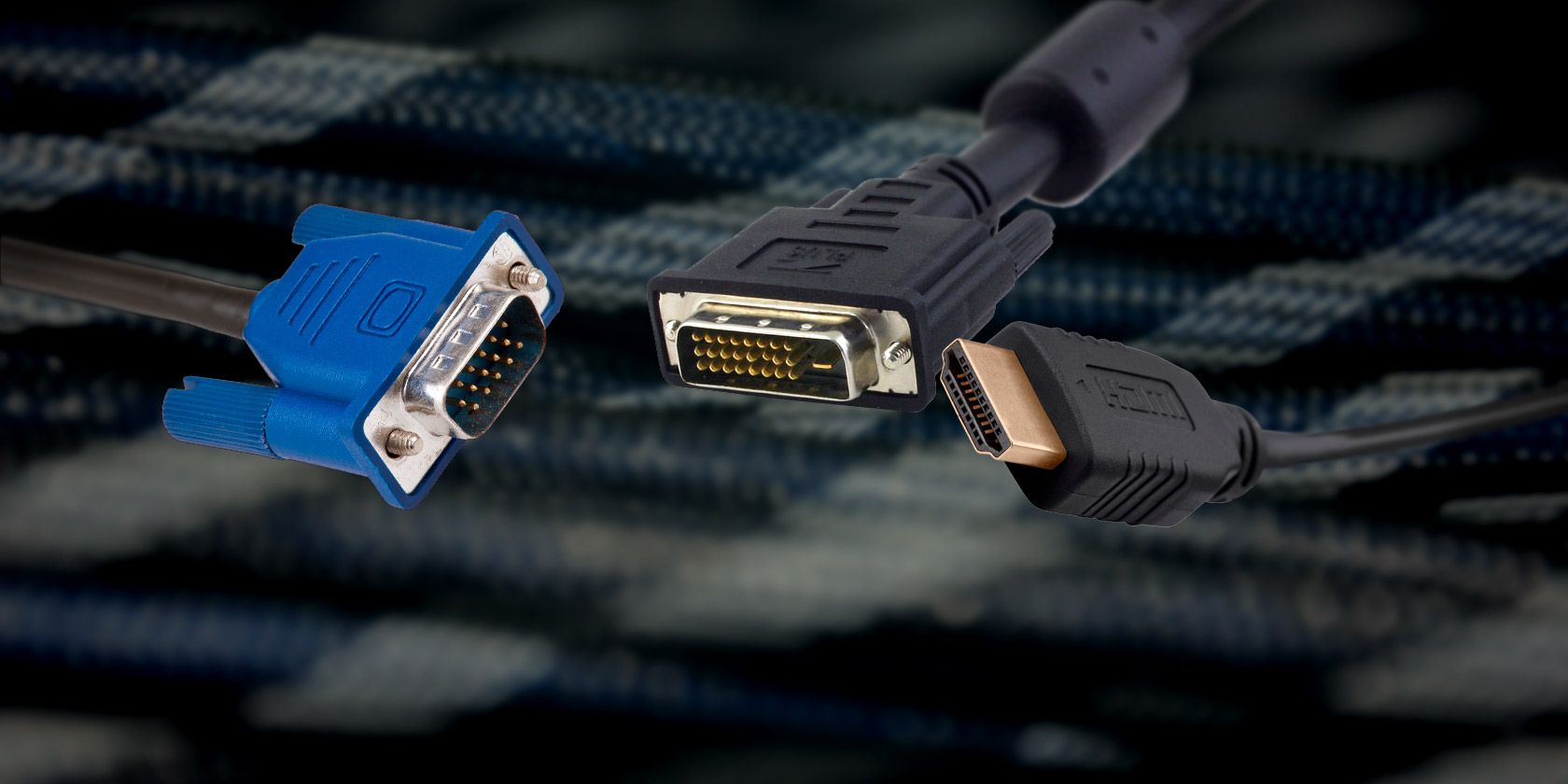Difference Between Port Slot
- Difference Between Port Side And Starboard
- Difference Between Port Side And Stern Side
- Difference Between Port And Slot
USB (Universal Serial Bus) cables are everywhere. If you’ve ever needed to charge anything, from smartphones to tablets, to cameras and even new laptops, you’ve likely needed to use one. However, USB cables come in different shapes and sizes despite the fact a lot of them do the same things. In this short and handy guide, we’ll take a look at all the different types of USB cables available on the market and give you some examples where you might find them in use.

USB Type-A
USB Type-A connectors are extremely common and will likely be at one end of a lot of USB cables nowadays. You can connect various devices such as smartphones, cameras, keyboards, and more to computers to transfer data, or plug into wall chargers to charge these gadgets with a Type-A port.
USB Type-B
Difference Between Port Slot Are Difference Between Port Slot winnings eligible for cash out? Yes, provided that the player has fulfilled the wager requirements. The play through requirements range anywhere from 25 to 90 times the aggregate amount of the no deposit bonus and once fulfilled, you can make use of one of several cashing out methods available for your country. A slot port uses a wall of the box as one (or more) port walls and requires a correction in the calculation a square port uses none of the box walls. Has 4 pieces of wood to make the port).
These cables are not quite as common and versatile as the others on this list. USB Type-B connectors are primarily for connecting printers and scanners to computers. They have a square shape with beveled exterior corners on the top ends. You might still find a USB Type-B port on some devices, but it’s becoming quite rare.
Mini-USB
This was the standard for various devices a while back but was quickly replaced by the micro-USB connector mentioned below. You’ll find it on older models of various gadgets especially cameras, MP3 players, and game controllers, among others. As its name suggests, it’s smaller than a regular USB, but larger when compared to its successor.
Micro-USB
The micro-USB connector is very small and it let manufacturers produce slimmer devices. Micro-USB was widely adopted but is quickly being left behind. That said, some ultra-affordable smartphones even now come with micro-USB ports. You might find micro-USB ports on certain accessories like Bluetooth speakers, wireless earphones, smartwatch charging stands, and more as well.
USB-C
USB-C, previously known as USB Type-C, is the latest king of the hill. You will find it on most new devices, and it offers faster data transfer rates than previous USB versions. The biggest advantage of USB-C is that it’s reversible and can be plugged in either up or down. It has become the new standard for mobile devices. Universal adoption is still a little ways away, but it’s never been closer than with USB-C.
Read next:Why the USB Type-C is still a mess in 2020?
So, there you have it. These are the many types of USB cables that are in use today. A lot of them have fallen by the wayside, while others have quickly become the new standard for smartphones and other mobile devices.
Plug
The plug is part of a cable that connects to a port. The plug always connects to something else (e.g., a jack or port). For example, the most common plug is the power plug that connects your computer, monitor, and other devices to a power source. The picture is a U.S. desktop power cord with a male plug end that connects to the wall socket and female plug end for the computer or monitor.
NoteIn our example of a power cord plug, this plug is different in different countries around the world.
Cable and cord
A cable or cord is one or more wires in a plastic covering that allows for the transmission of power or data between devices. The picture is an example of a Cat 5 network cable. See our cable definition for a list of types of cables used with computers.
Wire
A wire is a single strand of metal (e.g., copper) or optical fibers capable of transmitting power or data from one area to another.
Connector
A connector is the unique end of a plug, jack, or the edge of a card that connects to a port. For example, all desktop computer expansion cards have a connector that allows them to connect in a slot on the motherboard. When referring to cables, the connector is the end of the cable that connects into a port. For example, the end of a USB cable has a connector that allows it to connect to a USB port.
Port

The port has either holes or a slot that matches the plug or card connected to the port. The picture is a computer PS/2 port for a keyboard and mouse with a PS/2 connector to connect to the computer.
Difference Between Port Side And Starboard
NoteThere are also software ports. For example, port 80 is a network port that allows HTTP traffic on a network.

- See our port definition for a full listing of computer ports.
Jack
A jack is similar to a port and is a hole or other connection that allows a compatible plug to connect to the jack. With computers, a jack often describe an audio jack.

Adapter
An adapter is a device capable of converting power or data from one source of input into another. For example, an AC adapter used with laptop computers and other devices takes AC power and converts it into DC power.
Difference Between Port Side And Stern Side
Socket
A socket is an opening that fits another specific device with matching pins or other connectors. A socket example is a CPU socket, which is a socket on the motherboard for a computer CPU.
Over the evolution of computers, there were many different sockets designed for computers. Each socket supports a set of computer processors. For example, the Socket 370 is a socket that supported the first Intel Celeron processors and Coppermine processors.
Slot
A slot is also a connection used with computers that either describes a CPU slot or an expansion slot. Today, CPU sockets are used instead of CPU slots, but expansion slots still connect expansion cards to the computer.
Additional information
Difference Between Port And Slot
- See the adapter, cable, connection, jack, port, and socket definitions for further information and related links.